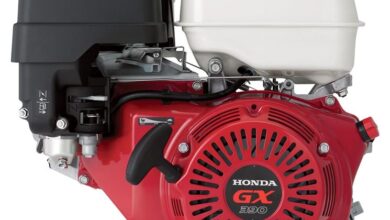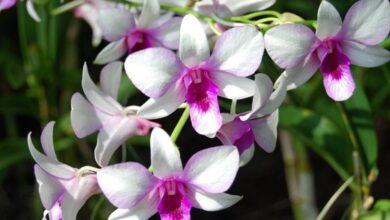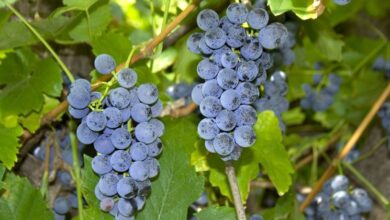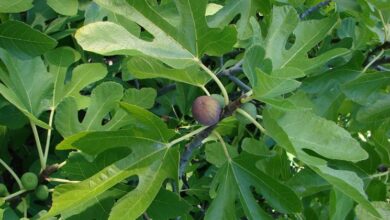Evergreen shrubs
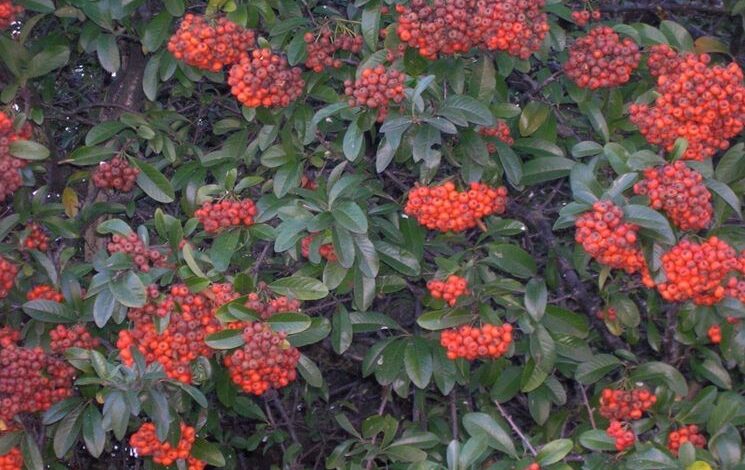
What they are and why they like them
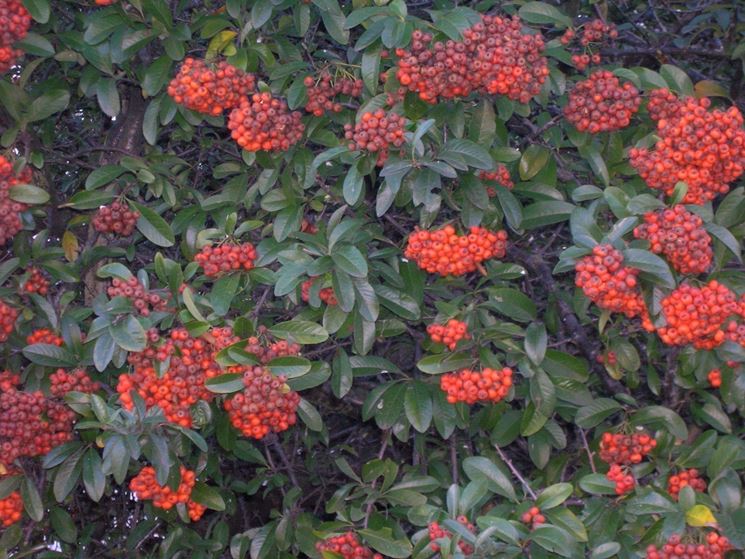
Partition
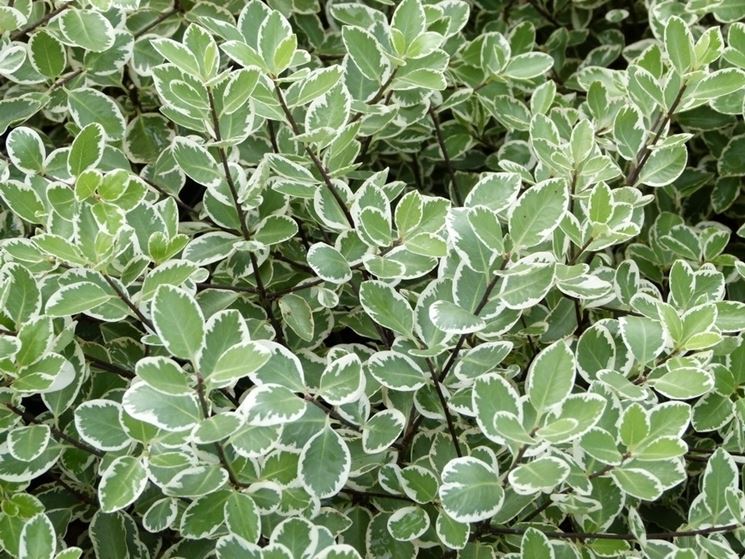
The evergreen shrubsthey are divided into four types: large shrubs; medium-small shrubs; dwarf shrubs; and ground cover shrubs. This subdivision is due to the size of the plant. The former are very large and imposing shrubs, what we usually call hedges: they have a width that varies between 2m and 6m. Precisely for these important dimensions they are present in the gardens in single specimens. They have particularly decorative blooming flowers and leaves. They are usually used as «barriers». Medium shrubs have a maximum size of 3m, adapt to any environment and are usually arranged in small groups. They are «used» as decorations through special pruning, or to cover deformities of walls. Some specimens, if particular, are isolated to be «highlighted». Even smaller are the dwarf shrubs that reach a maximum size of 1m. Often these are particular species, or are used as «separators» between different shrubs. Due to their small size they do not require pruning. Finally, there are ground cover shrubs of maximum 25cm that cover the spaces left by the previous shrubs. They have nice berries and foliage.
Balcony shrubs
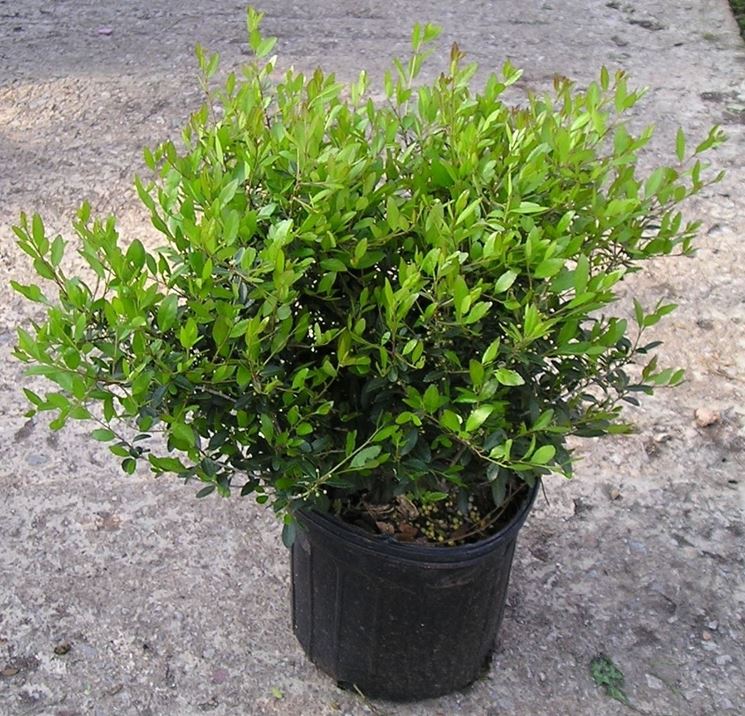
We don’t all have a garden, but nevertheless we care about our open spaces, such as balconies and terraces. We can thus have a corner of nature that is always luxuriant, despite the passing of the seasons. In a narrow and high area we can opt for the dwarf juniper. Plant whose development resembles a cone, famous for gin. This shrub has green needle-like leaves and produces berries that are blue-black when ripe. The fruits have antiseptic, diuretic and digestive properties. Another shrub we all know, especially for culinary use, is rosemary. Easy to grow, this aromatic plant also produces small blue flowers. Its branches can be used as an air freshener and as antioxidants. Another pot plant is heather. This has a particularly purple color thanks to the autumn flowering. Instead, if we want a more majestic plant, we opt for the schefflera. The leaves are palmate green and its flowers vary from red to blue, although it does not bloom often. This needs special attention, in fact it only lives between 13 ° C and 25 ° C, so outside this range it needs to be repaired.
Evergreen shrubs: characteristics and compositions
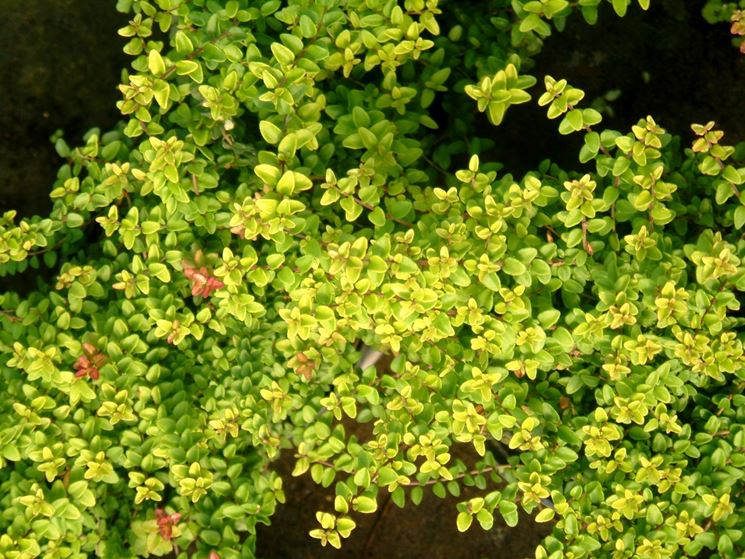
In the previous paragraph we saw some small shrubs, suitable for those who do not have a garden, but do not want to give up their green thumb. Now we will see a generic classification of these plants. Camelia japonica (camellia japonica and cultivar) usually does not exceed 2 / 5m in height, but could also reach 15m. The elliptical leaves have a length of almost 10 cm, green in color. It is planted singly or in groups, in humid and acid soils, exposure to direct sun is not recommended. Cherry laurel (Prunus laurocerasus) is a well-known type of hedge. It grows up to 4m in height, the leaves – which can reach 25 cm – are shiny and sharp. It is planted in slightly humid soils, either in full sun or in full shade. Strawberry tree (Arbutus unedo) extends up to 6m, is an ornamental berry plant. Its leaves are dark green and the berries have a white color that turns red in autumn. Suitable for drained soils.

